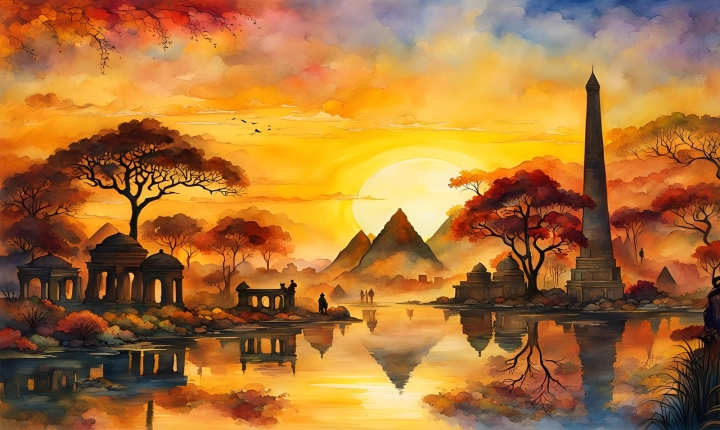Title: How to Convert a Picture to AI Format: A Step-by-Step Guide
Converting a picture to AI format can be a handy skill to have, especially if you work with design software like Adobe Illustrator. AI (short for Adobe Illustrator Artwork) is a vector file format commonly used for creating designs, illustrations, and logos. Converting a picture to AI format allows you to manipulate the image as a vector graphic, allowing for high-quality scalability without losing detail. In this article, we will walk through the step-by-step process of converting a picture to AI format.
Step 1: Select the Picture
The first step is to select the picture you want to convert to AI format. Ensure that the picture is of good quality and has a clear, identifiable subject. It’s best to use a high-resolution image to ensure the best results in the conversion process.
Step 2: Open Adobe Illustrator
Once you have the picture selected, open Adobe Illustrator on your computer. Adobe Illustrator is a powerful design software that allows you to create and edit vector graphics. If you don’t have Adobe Illustrator installed, you can download a free trial from the Adobe website.
Step 3: Place the Picture
In Adobe Illustrator, go to the “File” menu and select “Place” to import the picture into your document. Navigate to the location of the picture on your computer and select it. Click “Place” to insert the picture into your Illustrator document.
Step 4: Image Trace
With the picture selected, navigate to the “Object” menu and choose “Image Trace.” This will open a submenu with various tracing options. You can select a preset from the dropdown menu or click “Custom” to adjust the tracing settings according to your preferences.
Step 5: Adjust Image Trace Settings
In the Image Trace panel, you can adjust settings such as Threshold, Paths, Corners, Noise, and more to refine the tracing process. Play around with these settings to achieve the desired level of detail and accuracy in the converted AI file.
Step 6: Expand the Image Trace
Once you are satisfied with the tracing settings, click “Expand” in the control panel to convert the traced image into a fully editable vector graphic. You now have successfully converted the picture to AI format.
Step 7: Save the AI File
Finally, go to the “File” menu and choose “Save As” to save your vectorized image as an AI file. Give the file a name, select a location to save it, and choose “Adobe Illustrator (.ai)” as the file format. Click “Save” to store your picture in AI format.
In conclusion, converting a picture to AI format allows you to harness the power of vector graphics and take advantage of the scalability and editability that AI files offer. With Adobe Illustrator’s image tracing feature, this process can be relatively straightforward, even for beginners. As you practice and experiment with different images, you’ll become more skilled at converting pictures to AI format and utilizing the full potential of vector graphics in your design work.
